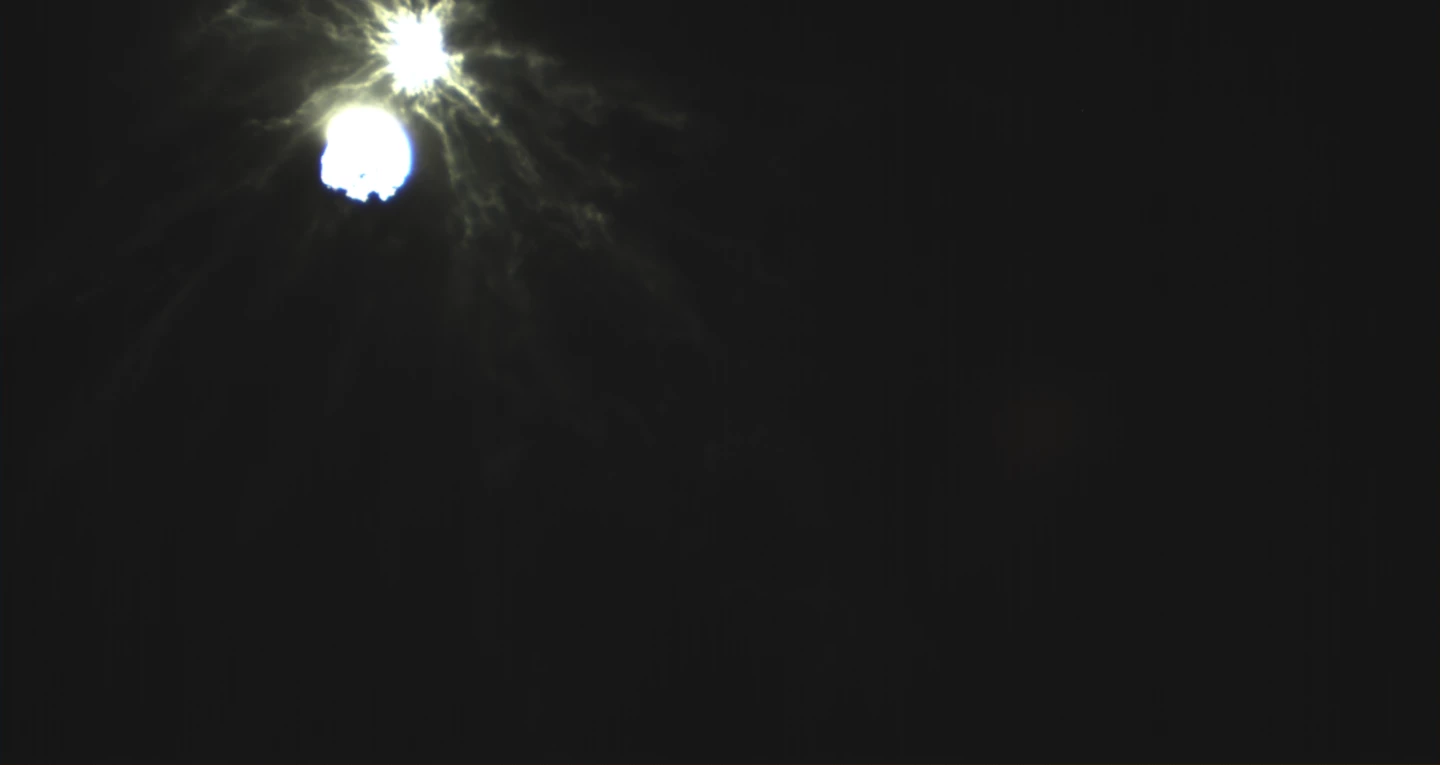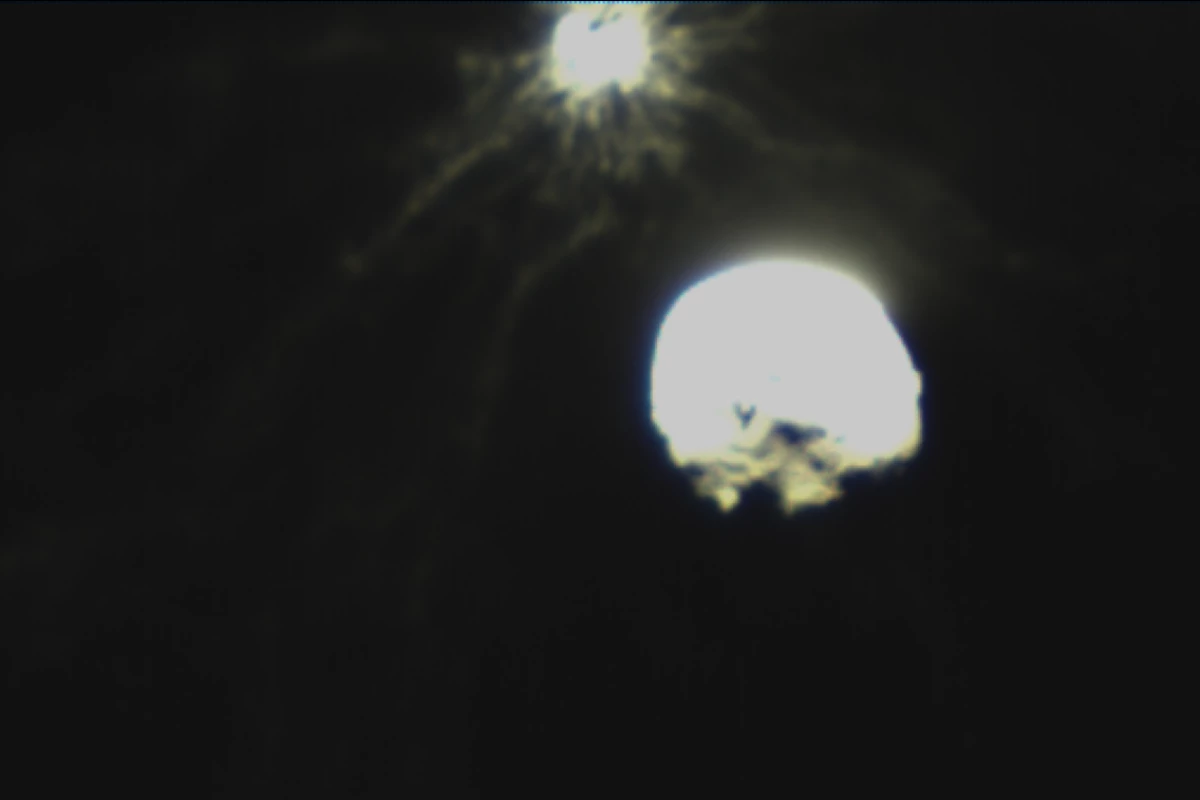Dozens of Earth-based telescopes were trained on the Dimorphos asteroid as it was struck by NASA’s DART spacecraft yesterday, but scientists also had some eyes in the sky. A nearby CubeSat satellite deployed specifically to photograph the event from close proximity has now relayed its imagery of the historic encounter, showcasing the impact and resulting debris in all its cosmic glory.
The Italian Space Agency’s Light Italian CubeSat for Imaging Asteroids (LICIACube) was packed aboard the DART spacecraft when it launched last November, and was carried along to the Didymos binary asteroid system as a “mini photographer.”
The CubeSat was deployed from the DART spacecraft on September 11 and began preparing to document the landmark event for planetary defense. Using a pair of optical cameras, its objectives were to capture images of the debris ejected from the encounter, along with unique images of the asteroid surface and newly created crater.

Its first batch of images, returned several hours after the impact, include before and after observations of the Dimorphos asteroid, and the resulting difference in its brightness. They also capture the plume of ejected debris from the asteroid after it was struck by the DART spacecraft at more than 14,000 mph (22,500 km/h).

Scientists will continue to study the encounter for weeks, months and even years to come, as the data trickles in and other spacecraft are sent out to study the Didymos system. The video below shows the perspective from the spacecraft as it hurtled head-on toward the asteroid surface.
Source: Italian Space Agency





